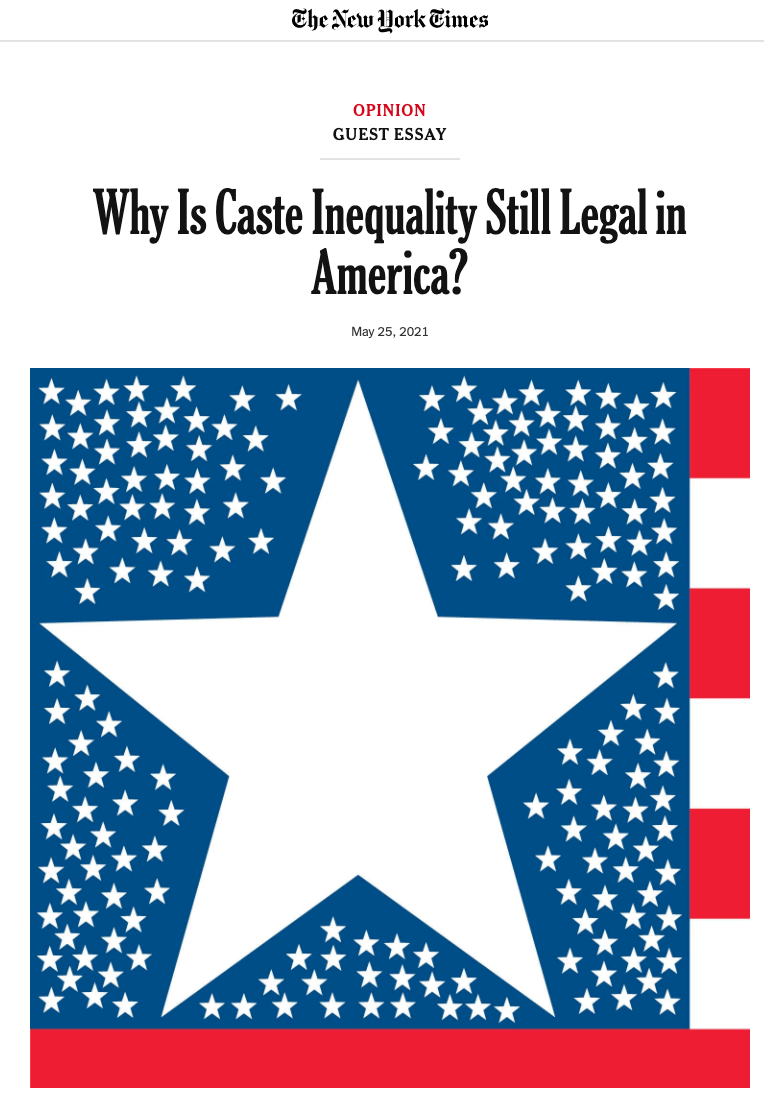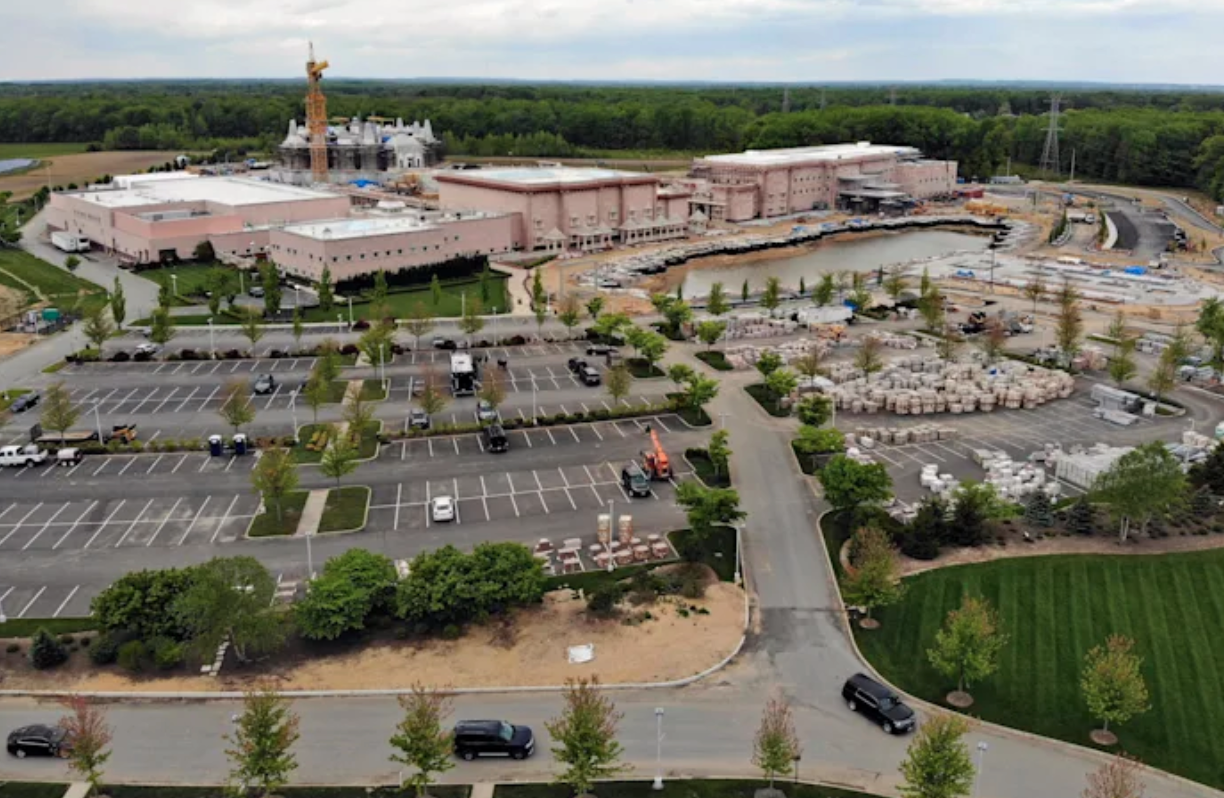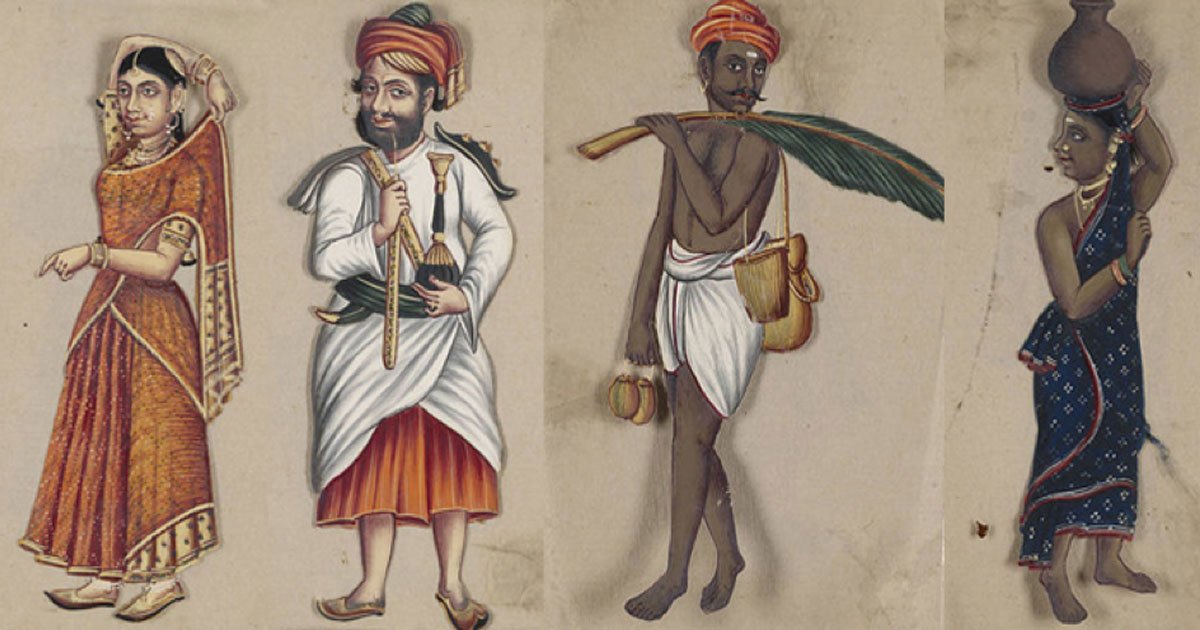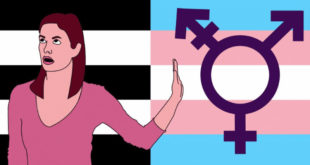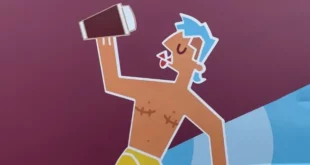
One of the authors, Ajantha Subramanian, teaches the kosher version of anthropology at Harvard
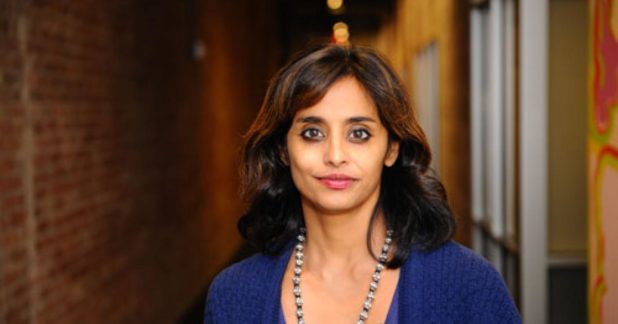
The other author, Paula Chakravartty, is a theologian of kosher voodoo at NYU Steinhardt
Every single type of race gibberish is eventually going to show up in the New York Times. Every supposed race problem is going to eventually become the fault of white people.
So it shouldn’t surprise anyone that the Times this week accused whites of being responsible for reinforcing the caste system in India.
The Indian caste system is one of the single places on earth where racism is still institutionalized.
Of course, it obviously has nothing to do with white people.
But because white people are now the satanic, metaphysical force behind all racism, white people must be blamed for this.
Two Indian female professors, Paula Chakravartty and Ajantha Subramanian, write for the New York Times:
Caste is not well understood in the United States, even though it plays a significant role in the lives of Americans of South Asian descent. Two recent lawsuits make caste among the South Asian diaspora much more visible. They show that oppressed castes in the United States are doubly disadvantaged — by caste and race. Making caste a protected category under federal law will allow for the recognition of this double disadvantage.
Caste is a descent-based structure of inequality. In South Asia, caste privilege has worked through the control of land, labor, education, media, white-collar professions and political institutions. While power and status are more fluid in the intermediate rungs of the caste hierarchy, Dalits, the group once known as “untouchables” who occupy its lowest rung, have experienced far less social and economic mobility. To this day, they are stigmatized as inferior and polluting, and typically segregated into hazardous, low-status forms of labor.
The Indian government has many laws to combat caste prejudice and inequality. But attempts to provide oppressed castes with protection and redress — through affirmative action, for example — are met with fierce opposition from privileged castes. The past 20 years have also witnessed the rise of Dalit political movements and the emergence of a nascent middle class that has benefited from affirmative action. However, oppressed castes’ claims to dignity, well-being and rights are still routinely met with social ostracism, economic boycotts or physical violence.
Caste continues to operate in America, among the South Asian diaspora, but in a very different legal and economic context. Immigrants from India and other South Asian countries began arriving in large numbers after restrictive immigration policies based on rigid racial hierarchies were changed starting in the second half of the 20th century. These reforms provided opportunities mostly for privileged castes, like our own families, who have used their historical advantages to become an affluent and professionally successful racial minority in the United States.
Oppressed castes are a minority within this minority, and they continue to be subject to forms of caste discrimination and exploitation, as the two lawsuits make clear. Together, these cases show how caste operates within America’s racially stratified work force to create largely hidden, yet pernicious patterns of discrimination and exploitation. In both, the litigants are members of the oppressed caste Dalits.
The authors go on to outline two cases where the Indian caste system has appeared in lawsuits in America, including the recent case of slavery in New Jersey (people from the lower caste were brought from India to work for high caste Indians for $2 an hour building a Hindu temple, and banned from leaving the grounds of the temple).
Needless to say: no one is asking why a massive Hindu temple was built in New Jersey in the first place, or how this helps America.
The authors conclude that it is America’s job to legislate the Indian caste system.
Making caste a protected category is a critical step toward addressing the problem of caste in America. To protect oppressed castes in the United States, we have to be willing to insist that civil rights extend to communities whose oppression is still hidden.
So, yes: our duty now goes far beyond simply arbitrating the conflict between Palestinians and Jews. We are now, as the big white daddies of the world, expected to mediate every racial conflict on earth, including the ancient Indian social order.
One would think that this would be a job for one of the many Indian rights organizations in America.
But no.
It’s white people’s job.
It’s our responsibility.
The implication is that the white racist system is designed to meld with the Indian racist system and therefore it is easy, in America, for racist Indians to exploit other Indians.
Really, it’s just yet another thing for white women to wring their hands over, more ammo for the anti-white machine that is ripping down every single institution in this country.
Now, Deep Fake President Joe Biden can get up and claim he’s working to help lower caste Indians obtain civil rights in America, and offer some solution that hurts white people and promotes more immigration.
Why are they in America?
 Daily Stormer The Most Censored Publication in History
Daily Stormer The Most Censored Publication in History
